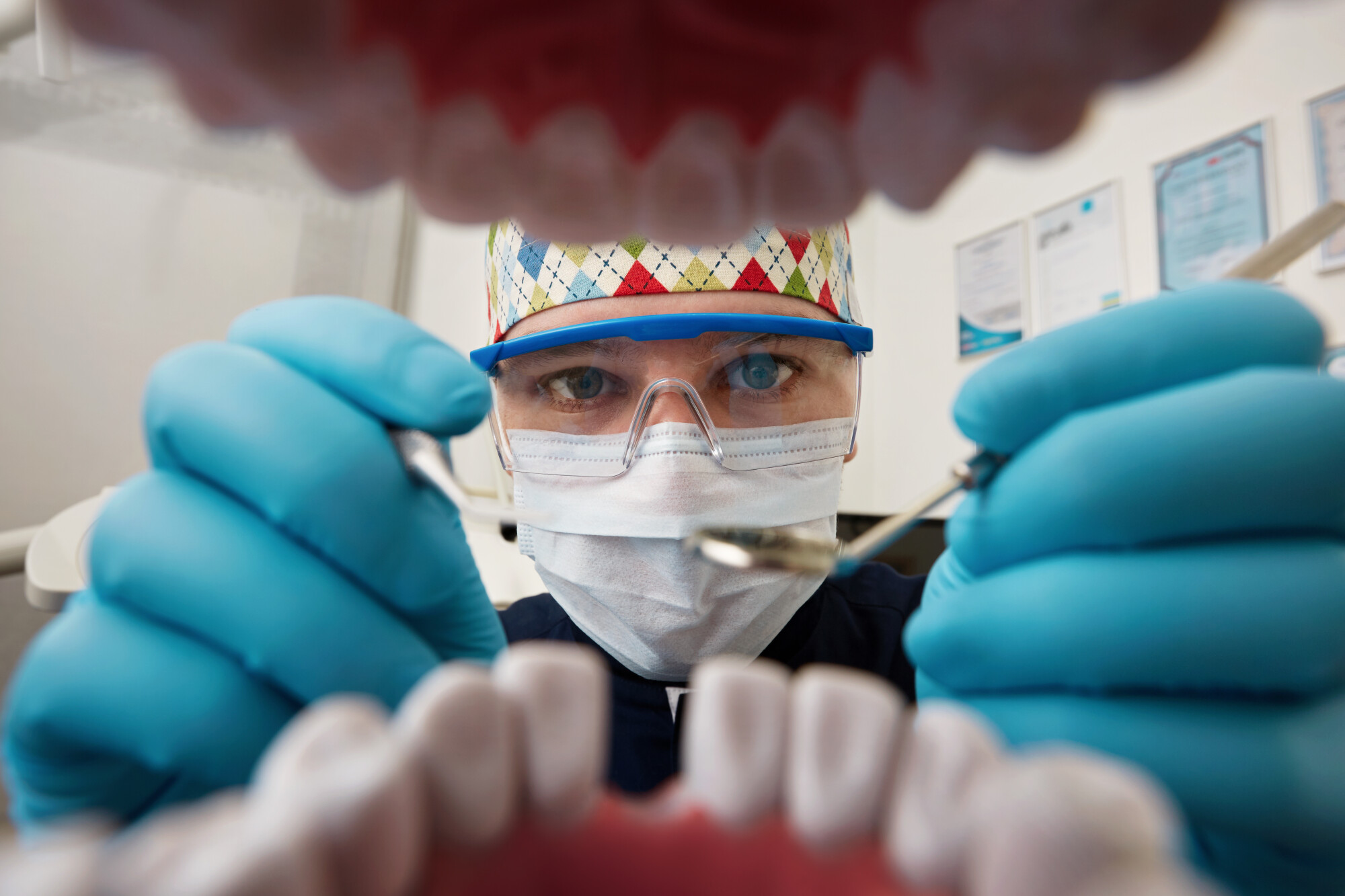The Pros and Cons of Getting a Dental Bone Graft
If you’re dealing with tooth pain, it can be difficult even to eat, let alone brush your teeth. This usually indicates that one of the tooth’s supporting structures has become damaged. When you visit the dentist, they will diagnose what is causing the issue and come up with treatment options.
With a missing tooth or implant, you may be advised that you need a dental bone graft to repair the damaged area. This raises the question of whether you should undergo this dental procedure.
Read on to learn more about a dental bone graft’s pros and cons. We have everything you need to know in this post.
Contents
What Is a Dental Bone Graft?
A dental bone graft is done to fill up the spaces where the bone has been removed due to an accident or illness. Dental bone grafts are also helpful for reconstructive procedures, such as replacing missing teeth or rebuilding the jawbone.
The patient’s hip, ribs, or other bones are often used to harvest the bone grafts. These are then formed into a piece of dental anatomy that will fit into the opening.
Factors Affecting the Procedure
The patient’s age, general health, and the location and severity of the jawbone damage affect how well the treatment goes. Any additional medical issues that can complicate matters can also be a factor. These factors also affect how a dental bone graft is prepared, which can vary.
Consider whether your jaw has enough bone to support the implant if you need a dental bone graft. You might be able to receive a dental bone graft from your own body if this is the case. However, you’ll need a donor site if your jaw doesn’t have enough healthy bone for the graft.
Types of Dental Bone Grafts
Before you get one, you need to learn more about dental bone grafting. Different dental bone graft types are used for multiple goals. Three basic categories can be used to categorize dental bone grafts.
The first kind is called an autograft, which involves taking bone from a patient’s body, like the iliac crest, rib, or hipbone. The technique of harvesting bone from an outside donor is known as an allograft.
In contrast, the procedure of collecting bone from an animal source is known as a xenograft, which is the third type. Dental bone grafts exist in various forms and are used for many different things. Before selecting one, it is crucial to assess its relevance to the situation at hand thoroughly.
Pros of Dental Bone Graft
Dental bone grafting’s main goal is to support teeth, preventing tooth loss. Also, it can be applied to solve jaw joint issues and help patients who have had jaw and mouth surgery. It helps with tooth loss, lowers the chance of infection, and stops teeth from suffering more harm.
Cons of Dental Bone Graft
Bone grafting has some disadvantages. It might only be effective for some kinds of jawbone damage. It can cause complications, including infection, discomfort, and swelling, and might not stay forever.
Get a Healthy and Beautiful Smile!
A dental bone graft is an effective tooth restoration procedure with potential oral health benefits. Bone grafts provide many advantages in dental care but can also have downsides. Therefore, it is essential to be informed and speak with a dental professional to explore all potential outcomes before deciding.
Get started now by scheduling a consultation with your dentist for further information and advice. Get a healthy, beautiful new smile with dental bone grafting!
Check out our other articles and blogs to learn more about health and wellness.

